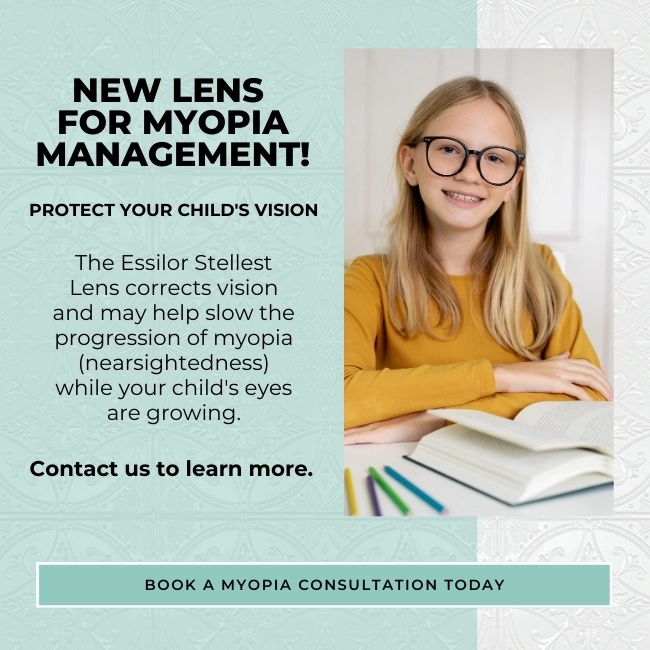Have you noticed your vision becoming hazy, colors looking duller than they used to, or increased glare from headlights at night? These may be signs of cataracts, a common age-related eye condition that affects millions of Americans.
At Lake Norman Eye Care, we believe that understanding your eye health is the first step toward preserving it. Let’s take a closer look at what cataracts are, what causes them, and how optometrists can help detect and manage this condition to keep your eyes seeing clearly.
What Exactly Are Cataracts?
A cataract is a clouding of the eye’s natural lens, located just behind the iris (the colored part of your eye). This lens helps focus light onto the retina so you can see clearly. Over time—usually due to aging—the proteins in the lens start to clump together, forming a cloudy area that makes vision blurry or dim.
Cataracts often develop slowly, and many people don’t realize they have them until vision becomes noticeably affected.
Common Symptoms of Cataracts:
- Blurred or foggy vision
- Sensitivity to light and glare
- Difficulty seeing at night
- Fading or yellowing of colors
- Seeing “halos” around lights
- Frequent changes in glasses or contact lens prescriptions
If you’re experiencing any of these symptoms, it’s important to schedule a comprehensive eye exam.
How Optometrists Diagnose Cataracts
At Lake Norman Eye Care, Dr. Mason Williams and Dr. Angela Harris use advanced diagnostic tools during your annual eye exam to check for early signs of cataracts. This includes:
- Visual acuity testing to measure clarity at various distances
- Slit lamp examination to look at the lens and other internal eye structures
- Retinal exam using dilation to assess the back of the eye
- Glare testing and contrast sensitivity tests to evaluate how cataracts may be affecting functional vision
- Optometrists are often the first line of detection for cataracts and can track their progression over time.
Can Cataracts Be Treated?
Cataracts cannot be reversed or treated with medication, but they can be managed effectively. In the early stages, a new eyeglass prescription, improved lighting, and anti-glare lenses may help.
Once cataracts begin interfering with daily life—such as reading, driving, or watching TV—surgical removal of the cloudy lens and replacement with a clear artificial lens (called an intraocular lens or IOL) is the only definitive treatment.
How Your Optometrist Helps Manage Cataracts
As your primary eye care providers, optometrists at Lake Norman Eye Care are here every step of the way:
1. Early Detection – We identify cataracts in their earliest stages, even before symptoms begin.
2. Monitoring Progression – Regular exams help us track the rate of change and decide when referral for surgery is appropriate.
3. Pre-Surgical Referral – When the time is right, we refer you to a trusted local ophthalmologist for cataract surgery.
4. Post-Operative Care – After surgery, we provide follow-up care to ensure your eyes heal properly and your vision is restored as expected.
5. Ongoing Eye Health – We continue monitoring for other age-related eye conditions like glaucoma or macular degeneration, ensuring comprehensive care.
Take Charge of Your Vision
Cataracts are a natural part of aging, but you don’t have to live with blurred or distorted vision. Regular eye exams are the key to early detection and maintaining your independence and quality of life.
If you or a loved one is experiencing any signs of cataracts—or if it’s simply time for your annual eye exam—schedule a visit with Dr. Williams or Dr. Harris at Lake Norman Eye Care in Mooresville, NC.
Call us today at 704-799-2233 or book online to take the next step toward clearer vision and healthier eyes.
Your vision matters to us—let’s keep it crystal clear together!



